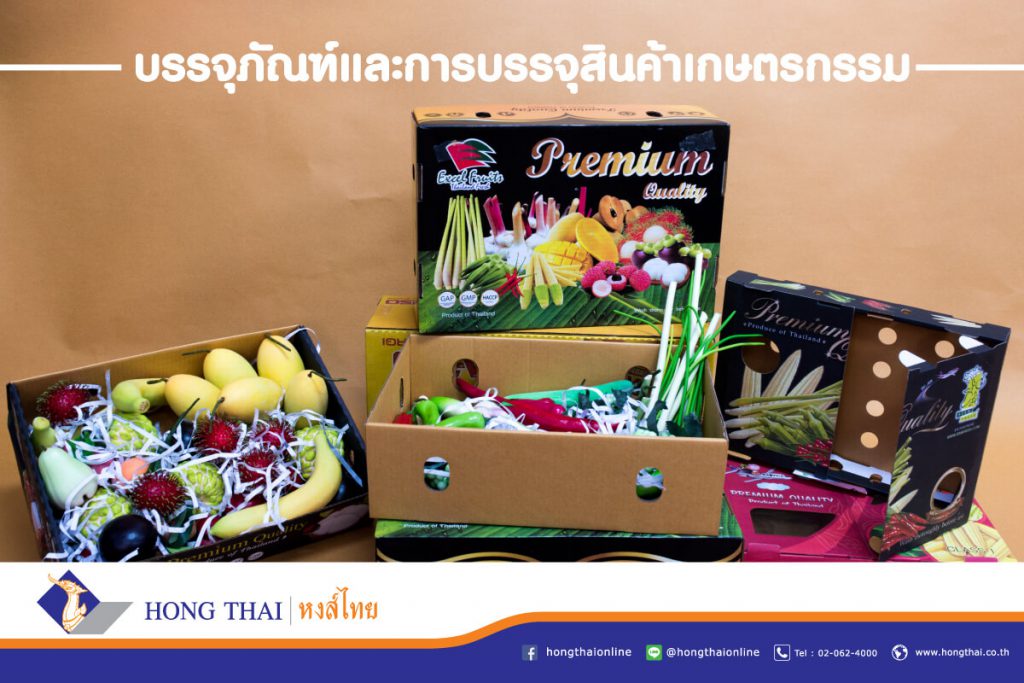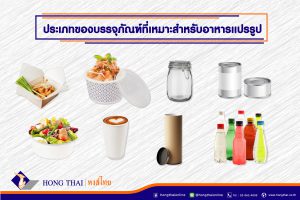Currently, the fruit and vegetable industry is an attractive business for entrepreneurs, both for domestic consumption and export. However, a major challenge in this industry is the damage that occurs during transportation. Since fruits and vegetables are highly perishable and easily bruised, packaging and proper packing methods play a crucial role in preserving product quality.
Challenges in Agricultural Packaging and Transportation
Entrepreneurs often face quality issues with fruits and vegetables during transportation due to the following reasons:
1. Compression Damage: One of the main causes of product deterioration is improper packing or using unsuitable packaging. This can be mitigated by using specially designed corrugated boxes that match the specific type of fruit or vegetable, reducing pressure damage.
2. Impact Damage: During transportation, produce can be damaged by rough handling, such as dropping or shaking. Weak packaging can lead to bruising or spoilage. The solution is to use thick, durable corrugated boxes tailored for each type of produce.
3. Vibration Damage: Constant movement during transit can cause friction between produce or between produce and packaging, leading to bruising. This issue can be addressed by choosing packaging that minimizes internal movement.
Choosing the Right Packaging for Agricultural Products
To ensure that fruits and vegetables remain undamaged during transportation, selecting the right packaging involves considering the following factors:
1. Product Size and Shape: Packaging should be suited to the natural characteristics of the produce. Larger fruits require stronger packaging, while smaller produce may need compartmentalized packing to prevent movement.
2. Temperature Control: Maintaining the right temperature is crucial for preserving freshness, especially for exports. The chosen packaging should be suitable for climate conditions and temperature regulation.
3. Moisture Retention: Since fruits and vegetables have high water content, dehydration can affect their quality. Packaging should have moisture-preserving properties, such as plastic coatings, to maintain freshness.
4. Compatibility with Ripening Agents: Some fruits require controlled ripening before reaching consumers. Packaging should allow for the use of ripening agents while maintaining the integrity of the produce.
Choosing the right packaging not only ensures the preservation of product quality but also builds consumer trust in the brand. Proper packaging enhances brand credibility, assuring customers of the consistent quality of agricultural products.






